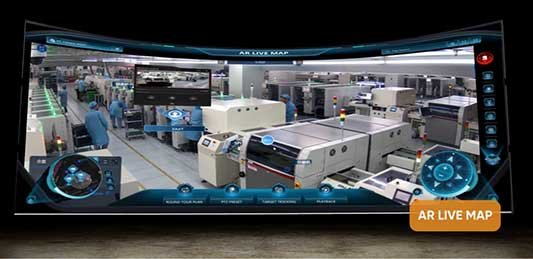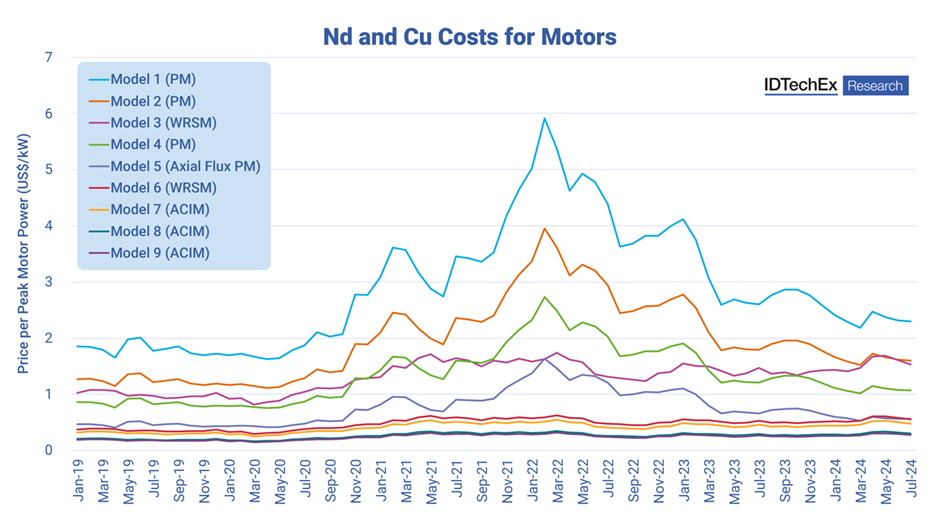AAEON, a pioneer in embedded computing solutions, has recently launched the GENESYSM-ADN6, an ultra-slim SubCompact System powered by Intel® Core™ Processor N-series CPUs. This new offering represents a significant advancement in mini PC technology, designed to meet the growing demands of smart retail, industrial automation, and edge gateway environments.
Compact Design Meets Powerful Performance
With dimensions of just 178mm x 134.1mm x 43mm, the GENESYSM-ADN6 is a remarkably compact solution ideal for space-constrained environments. Despite its small footprint, it delivers robust performance and connectivity options that make it suitable for a range of applications. The system features three LAN ports, equipped with Intel® Ethernet Controller I226, each supporting 2.5GbE speeds. This high-speed networking capability is crucial for applications requiring rapid data transfer and reliable connectivity.
Extensive Expansion Capabilities
The GENESYSM-ADN6 offers comprehensive expansion options to enhance its versatility. It includes slots for M.2 2230 E-Key and M.2 3052 B-Key, enabling the addition of Wi-Fi and 5G capabilities. For additional storage, users can utilize the mSATA slot. These expansion options allow for customized configurations to meet specific application needs.
Industrial-Grade Features for Robust Performance
Designed with industrial environments in mind, the GENESYSM-ADN6 supports a wide power input range of 9V to 36V and operates fanlessly, ensuring reliable performance even in demanding conditions. The system is equipped with two COM ports for RS-232/422/485 communication, plus an optional two additional RS-232 ports. This extensive I/O support is essential for integration with various industrial devices such as PLCs, robotic arms, and SCADA systems.
Enhanced Connectivity and Security
In addition to its networking and expansion features, the GENESYSM-ADN6 provides two USB 3.2 Gen 2 ports, an 8-bit GPIO, and SMBus/I2C interfaces. These features facilitate the integration of sensors, actuators, and other peripheral devices, enhancing the system’s flexibility. The inclusion of high-bandwidth SODIMM-based DDR5 memory ensures expedited data processing, while optional TPM 2.0 support adds an extra layer of security for sensitive information.
Versatile Applications
The GENESYSM-ADN6 is also well-suited for multimedia applications. It includes HDMI and VGA outputs for display, as well as line-in, line-out, and microphone functionality. AAEON notes that, similar to its single-board counterparts, the GENESYSM-ADN6 is an excellent choice for smart kiosks, point-of-sale (POS) systems, and digital signage.
Availability and Production
AAEON’s commitment to innovation is evident in the GENESYSM-ADN6, which is now in mass production. Interested customers can find detailed specifications and purchase options on the company’s eShop. This latest release continues AAEON’s tradition of providing versatile, market-ready solutions tailored to diverse industry needs.
For more information and to explore the GENESYSM-ADN6, visit AAEON’s product page today.







